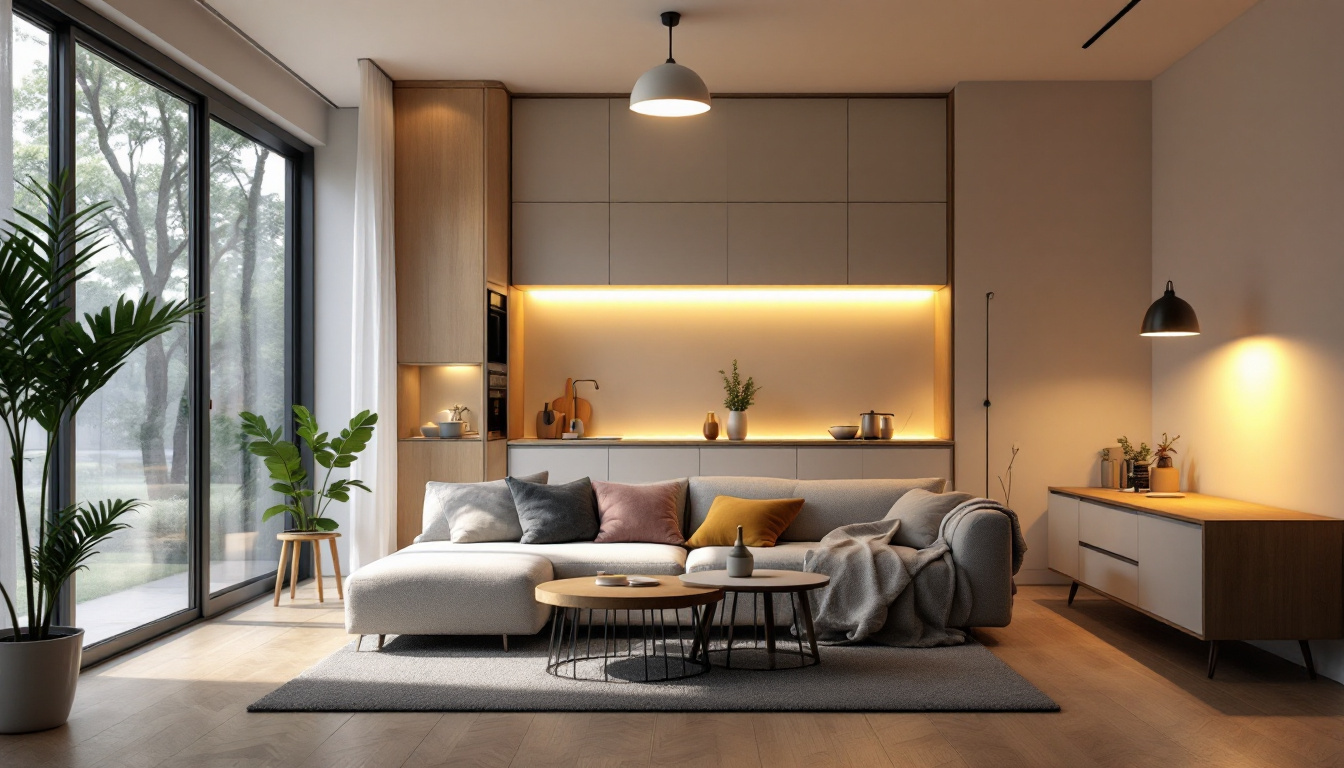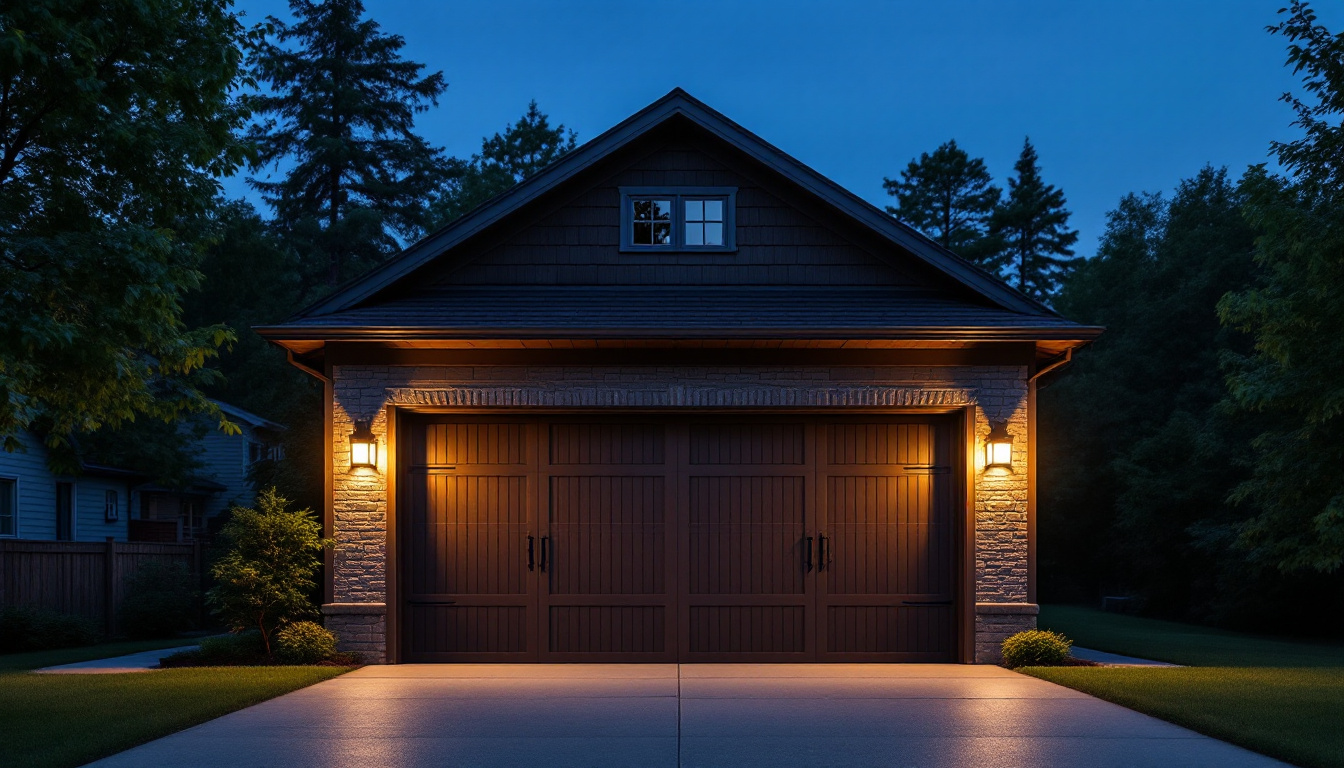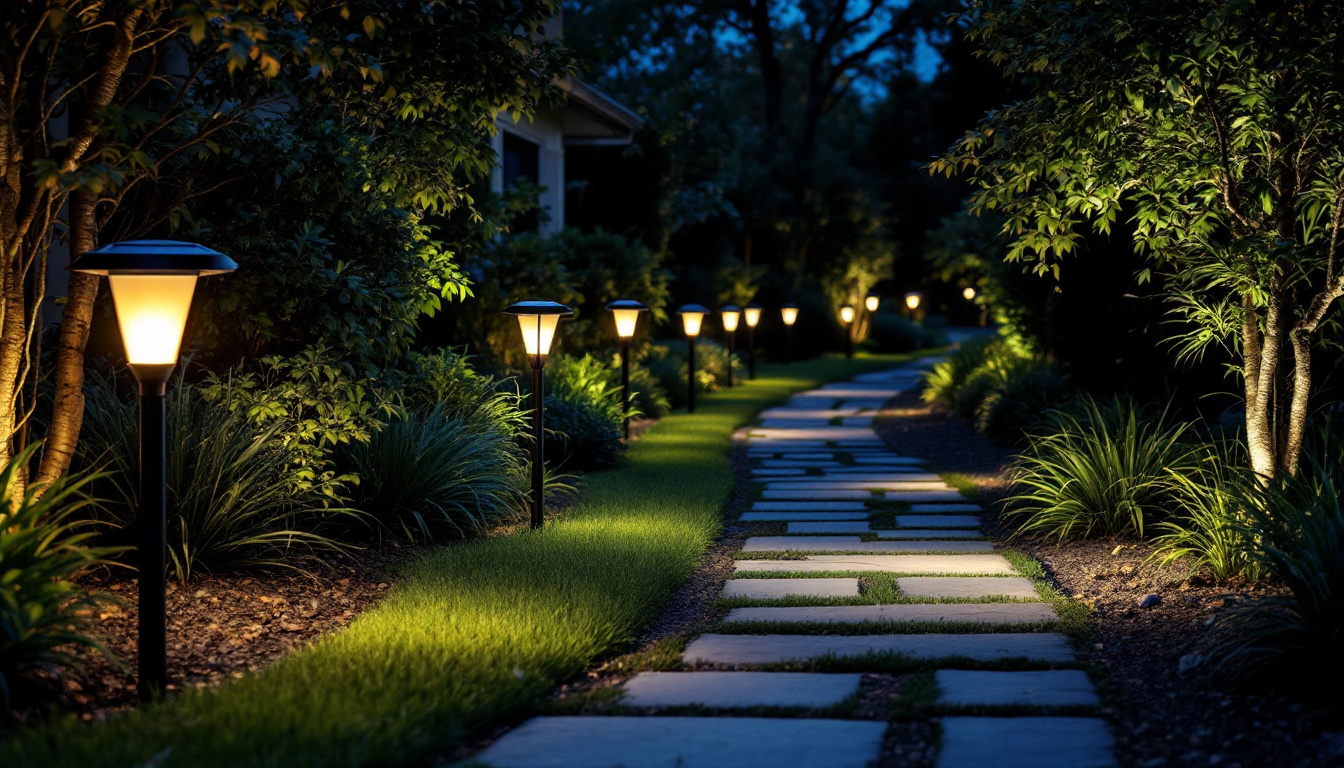

As the demand for energy-efficient solutions continues to rise, LED lighting has emerged as a frontrunner in the home lighting market. For lighting contractors, understanding the nuances of LED technology is essential to meet client needs and stay competitive. This article delves into the critical aspects of home LED lighting that every lighting contractor should be well-versed in.
LED, or Light Emitting Diode, is a semiconductor device that emits light when an electric current passes through it. Unlike traditional incandescent bulbs, which produce light through heat, LEDs are more efficient, longer-lasting, and environmentally friendly. This fundamental difference in technology is what makes LEDs a popular choice for homeowners looking to reduce energy consumption and lower utility bills. The compact size and versatility of LEDs also allow for innovative designs in lighting fixtures, enabling a wide range of applications from residential to commercial settings.
One of the primary advantages of LED lighting is its energy efficiency. LEDs consume significantly less power than incandescent and fluorescent bulbs, often using up to 80% less energy. This not only translates to lower electricity bills for homeowners but also contributes to a reduced carbon footprint, making it an appealing choice for environmentally conscious clients. Additionally, the reduced heat output of LEDs means that they can be used in a variety of fixtures without the risk of overheating, enhancing safety in both home and commercial environments.
Additionally, LED lights have a much longer lifespan, often lasting up to 25,000 hours or more. This longevity means fewer replacements and less waste, which is a significant selling point for contractors. Homeowners appreciate the minimal maintenance required with LED fixtures, making them a practical investment. Furthermore, the durability of LEDs, which are resistant to shock and vibration, makes them ideal for outdoor applications and areas with high foot traffic, ensuring that they remain functional and efficient over time.
Another essential aspect of LED lighting is the variety of color temperatures available. LEDs can produce a range of light colors, from warm white to cool daylight. Understanding the color temperature scale, measured in Kelvin (K), is crucial for contractors. A lower Kelvin number (around 2700K) produces a warm, cozy light, ideal for living spaces, while higher Kelvin numbers (5000K and above) yield a cooler, more energizing light, suitable for workspaces or kitchens. This flexibility allows homeowners to create the perfect ambiance for any room, enhancing the overall aesthetic and functionality of their living spaces.
Moreover, the quality of light emitted by LEDs is often superior to that of traditional bulbs. Many LEDs offer high Color Rendering Index (CRI) ratings, which indicate how accurately colors are represented under the light. This is particularly important in settings such as art studios or retail spaces, where color accuracy is paramount. In addition to CRI, some LED products now feature tunable white technology, allowing users to adjust the color temperature throughout the day to mimic natural sunlight, which can positively impact mood and productivity. This adaptability makes LED lighting not only a practical choice but also a transformative element in interior design and workplace environments.
When it comes to installing LED lighting, there are several factors that contractors must consider to ensure optimal performance and customer satisfaction. Proper installation techniques can significantly impact the longevity and efficiency of LED fixtures.
One of the most common mistakes made during LED installations is mismatching wattage. While LEDs consume less power, it is essential to ensure that the wattage of the LED fixture is compatible with existing fixtures and dimmer switches. Many older dimmers are not designed to work with LED technology, leading to flickering or reduced performance. Contractors should recommend LED-compatible dimmers to clients for a seamless experience.
Furthermore, understanding the wattage equivalency is crucial. For example, a 10-watt LED can provide the same amount of light as a 60-watt incandescent bulb. Educating clients about this equivalency can help them make informed decisions about their lighting needs.
Heat management is another critical factor in LED installations. While LEDs generate less heat than traditional bulbs, they still require proper ventilation to maintain efficiency and prolong their lifespan. Ensuring that fixtures are installed in well-ventilated areas and using heat sinks can prevent overheating and potential damage to the LED components.
Contractors should also be aware of the ambient temperature of the installation site. Extreme temperatures can affect the performance of LEDs, so it may be necessary to choose specific products designed for such conditions.
Lighting design plays a crucial role in creating the desired ambiance within a home. As lighting contractors, understanding the aesthetic aspects of LED lighting can enhance the overall appeal of a project.
Layered lighting is a design technique that combines different types of lighting to create depth and interest in a space. This includes ambient, task, and accent lighting. LEDs can be used effectively in each of these categories. For instance, recessed LED lights can provide ambient lighting, while under-cabinet LEDs serve as task lighting in kitchens.
Accent lighting, such as LED strip lights, can highlight architectural features or artwork, adding a touch of elegance to the design. By educating clients on the benefits of layered lighting, contractors can help them achieve a well-balanced and visually appealing environment.
As smart home technology continues to gain traction, integrating LED lighting with smart systems has become increasingly popular. Many LED fixtures are now compatible with smart home platforms, allowing homeowners to control their lighting remotely or through voice commands.
Contractors should stay informed about the latest smart lighting technologies and be prepared to offer solutions that align with clients’ preferences. This could include programmable LED lights, color-changing options, or systems that sync with home automation platforms. By offering these advanced solutions, contractors can enhance the value of their services and meet the evolving needs of modern homeowners.
Promoting energy efficiency is not just beneficial for the environment; it can also lead to significant cost savings for homeowners. As a lighting contractor, understanding the various energy efficiency programs and incentives available can be a valuable asset.
Many utility companies offer rebates or incentives for homeowners who upgrade to energy-efficient LED lighting. These programs can help offset the initial costs of installation and make LED options more accessible to clients. Contractors should familiarize themselves with local utility programs and be prepared to guide clients through the application process.
Additionally, educating clients about the long-term savings associated with LED lighting can motivate them to invest in these solutions. Highlighting the reduced energy consumption and longer lifespan of LEDs can help clients see the value in making the switch.
Staying updated on building codes and regulations related to lighting is essential for contractors. Many regions have implemented energy efficiency standards that require the use of LED lighting in new construction or renovations. Understanding these regulations can help contractors ensure compliance and avoid potential fines.
Moreover, being knowledgeable about these codes can position contractors as experts in the field, enhancing their credibility and attracting more clients. It is beneficial to stay connected with industry organizations and attend workshops or seminars to keep abreast of changes in regulations.
Despite the growing popularity of LED lighting, several misconceptions persist. Addressing these myths can help contractors provide accurate information and build trust with clients.
One common misconception is that LED lighting is too expensive compared to traditional options. While the upfront cost of LED fixtures may be higher, the long-term savings in energy consumption and replacement costs far outweigh the initial investment. Educating clients about the total cost of ownership can help dispel this myth.
Furthermore, with advancements in technology and increased competition, the price of LED fixtures has been steadily decreasing, making them more accessible to a broader audience.
Another myth is that LED lights do not provide sufficient brightness. In reality, LEDs are available in a wide range of brightness levels, measured in lumens. Contractors should help clients understand how to choose the right lumen output for their specific needs, ensuring that they achieve the desired level of illumination in their spaces.
The LED lighting industry is continuously evolving, with new technologies and trends emerging regularly. Staying informed about these developments can help contractors remain competitive and offer cutting-edge solutions to clients.
One of the most exciting trends in LED lighting is the concept of human-centric lighting, which focuses on creating lighting environments that enhance well-being and productivity. This approach considers factors such as color temperature, intensity, and timing to create lighting that aligns with human circadian rhythms.
Contractors can explore options for tunable white LEDs, which allow users to adjust the color temperature throughout the day, mimicking natural light patterns. This trend is particularly relevant in workspaces, schools, and healthcare facilities, where lighting can significantly impact mood and performance.
As smart home technology continues to advance, the integration of LED lighting with IoT (Internet of Things) devices is becoming more prevalent. This allows for greater automation and control over lighting systems, enhancing convenience and energy efficiency.
Contractors should keep an eye on emerging smart lighting solutions, such as voice-activated systems and apps that allow users to customize their lighting preferences. By offering these innovative solutions, contractors can cater to the growing demand for smart home integration.
In conclusion, understanding home LED lighting is essential for lighting contractors looking to thrive in a competitive market. From grasping the technology behind LEDs to addressing installation considerations and design aesthetics, contractors must equip themselves with the knowledge needed to meet client expectations.
By promoting energy efficiency, staying informed about industry trends, and dispelling common misconceptions, contractors can position themselves as trusted experts in the field. As the demand for LED lighting continues to grow, those who embrace these changes will undoubtedly find success in their lighting projects.
Ready to elevate your lighting projects with the highest quality LED solutions? Look no further than LumenWholesale. We provide lighting contractors like you with spec-grade lighting products that meet the most rigorous industry standards. Our direct-to-contractor model ensures you get the best value without the extra costs associated with traditional distribution. Plus, with free shipping on bulk orders, you can stock up on superior lighting products while keeping your overhead low. Don’t compromise on quality or price. Wholesale Lighting at the Best Value is just a click away. Make the smart choice for your business and your clients with LumenWholesale.

Discover essential insights for lighting contractors on LED light bulbs, including energy efficiency, installation tips, and the latest technological advancements.

Discover the essential insights lighting contractors need to understand about dryer outlets.

Discover the essential insights lighting contractors need to know about outdoor garage lights.

Discover the essential insights lighting contractors need about solar path lights.
Get notified when NEW deals are released.
Optimize your budget with wholesale discounts.
Only top-quality, specification-grade lighting products.
No additional costs at checkout - what you see is what you pay.
We understand the unique needs of contractors.